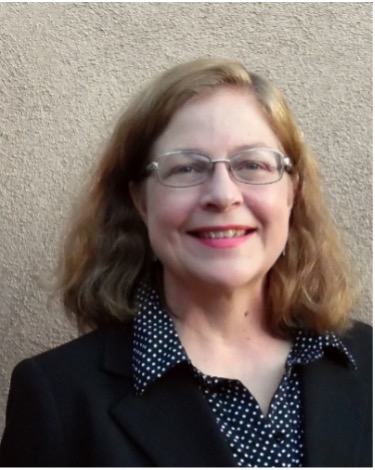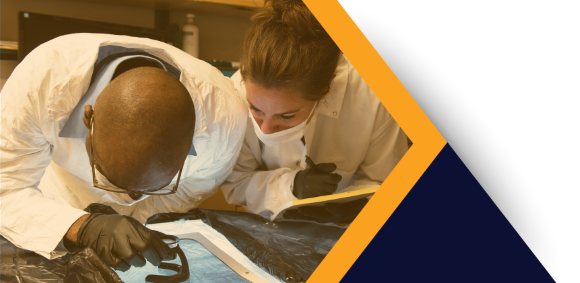Meet Julie Spencer

Dr. Julie Spencer
Advisor: Carrie A. Manore
Institution: Los Alamos National Laboratory
Bio: Julie A. Spencer is an Intelligence Community (IC) Postdoctoral Research Fellow working at Los Alamos National Laboratory (LANL), advised by Dr. Anthony Nguy-Robertson and Dr. Erik Scully, and mentored by Dr. Carrie A. Manore. Dr. Spencer earned a B.A. in mathematics and philosophy (1986) at St. John’s College, and M.S. (2017) and Ph.D. (2020) in computational biology at the University of New Mexico. Her dissertation was titled Chronic and acute respiratory pathogens: evolutionary and epidemiological characteristics of tuberculosis, influenza-like illness, and COVID-19. With the COVID-19 Modeling & Analysis Team, she received the Los Alamos National Laboratory 2020 Distinguished Performance Award. During 2021, Dr. Spencer has become a member of the Interagency Crosscutting Group on Climate Change and Human Health (CCHHG) and the Group on Earth Observations (GEO) Health Community of Practice, and has been elected as Co-Chair/Secretary of the Society for Mathematical Biology. She is primary convener for a session at the upcoming American Geophysical Union Fall Meeting 2021, titled “Accelerating Human Agility, Communication, and Equity in Shifting Disease Landscapes.” She is collaborating on a paper soon to be submitted to Mathematical Biosciences & Engineering, “Modeling the impact of the extrinsic incubation period in dengue transmission.” Dr. Spencer was invited to present her paper, “Distinguishing viruses responsible for influenza-like illness,” as a Defense Threat Reduction Agency (DTRA) TechWatch Talk scheduled for August 3, 2022. She is interested in leveraging data fusion and predictive analytics to transfer insights gained from forecasting endemic diseases to anticipating outbreaks of sporadic diseases.
Abstract: Mosquito-borne and respiratory diseases cause massive worldwide cost in human suffering and loss of productivity. Dengue, in particular, infects an estimated 390 million people each year. The primary vector of dengue transmission is Aedes aegypti, the range of which has recently expanded, and now extends to the southern United States. Modeling dengue dynamics is important for forecasting outbreaks so communities can prepare, as well as for understanding the interaction of climate and disease. We utilize mechanistic and statistical models, along with data streams that include weekly weather, satellite, demographic, and social media. We compare the efficacy of a range of model and data approaches using systematic uncertainty quantification. The purpose of this research is to gain insight into the drivers of infectious disease and to advance the science of disease forecasting.



